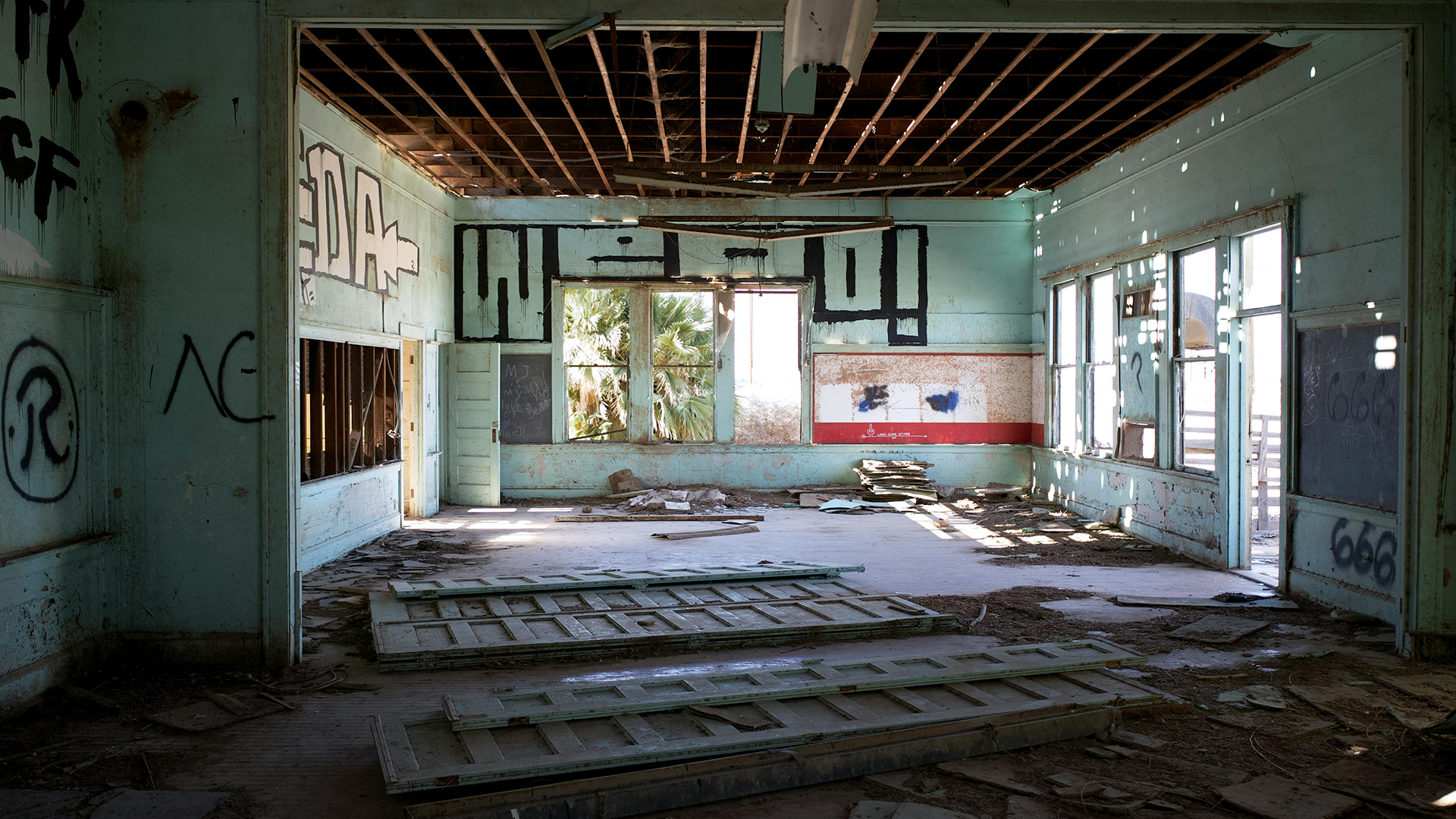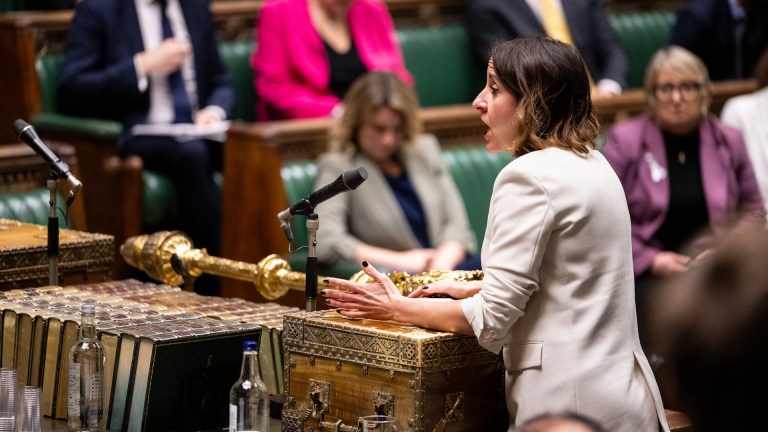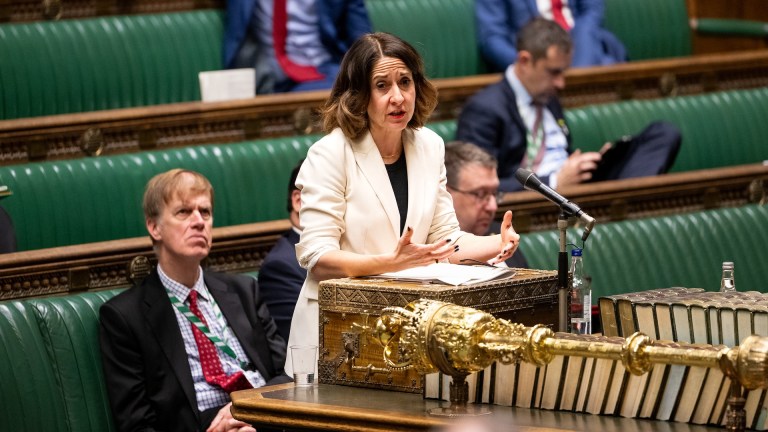The new government has placed homes at the heart of its agenda, with reform to the housing system in England viewed as essential for both economic growth and social equity. This is not simply a question of fixing the planning process, however. We need to see careful regulation, significant funding, a commitment to long-term sustainability and a particular focus on the many empty buildings in our communities that are currently being overlooked.
The clear message from the Labour Party Conference was “build, build, build”, focusing on the victory of the “YIMBYs” (Yes In My Back Yard). Policy proposals so far have centred on increasing the supply of new homes through reforms to the planning system, the release of “grey belt” land, and the establishment of new towns. In the rush for new homes, however, there is a danger that we will miss the opportunities under our noses.
Thousands of commercial buildings sit empty owing to the increase in remote working, online shopping and shifts in the composition of the economy from industry to services. Habitat for Humanity GB estimated in 2021 that around 7,000 commercial properties owned by councils in England, Scotland and Wales had been vacant for over a year. That number will only have gone up, and many could make great social and affordable homes.
The benefits of expanding our social housing stock in this way are obvious. The latest figures show more than a 10% increase in households facing homelessness in the last year alone. With house prices and rent ever more unaffordable, housing waiting lists lengthening, and thousands of families stuck in temporary accommodation, there is an urgent need for many more secure and affordable homes.
- Almost 20,000 affordable homes have been lost by converting office blocks into housing
- Are empty offices the answer to UK’s housing crisis?
- Something radical is happening in Hastings. It might just tell us how to solve Britain’s empty homes problem
The conversion approach can deliver results faster than navigating the often-complex planning process for a new development or working through negotiations between a big developer and the local authority. Conversions can also be designed to meet local needs, rather than private profits. Plus, it is estimated that converting an existing structure uses 50-75% less carbon than a new build.
Efforts have been made for years to revitalise high streets in the face of changing shopping habits, with limited success. By creating more homes in town centres, we are not only reducing housing pressures, but also increasing footfall, boosting the prospects of the shops, bars and restaurants that have survived the last few years. Habitat for Humanity GB proved this can be done in Barking, East London, where we worked closely with the local authority to take a set of long-term vacant shops and turn them into much-needed homes for local care leavers.









